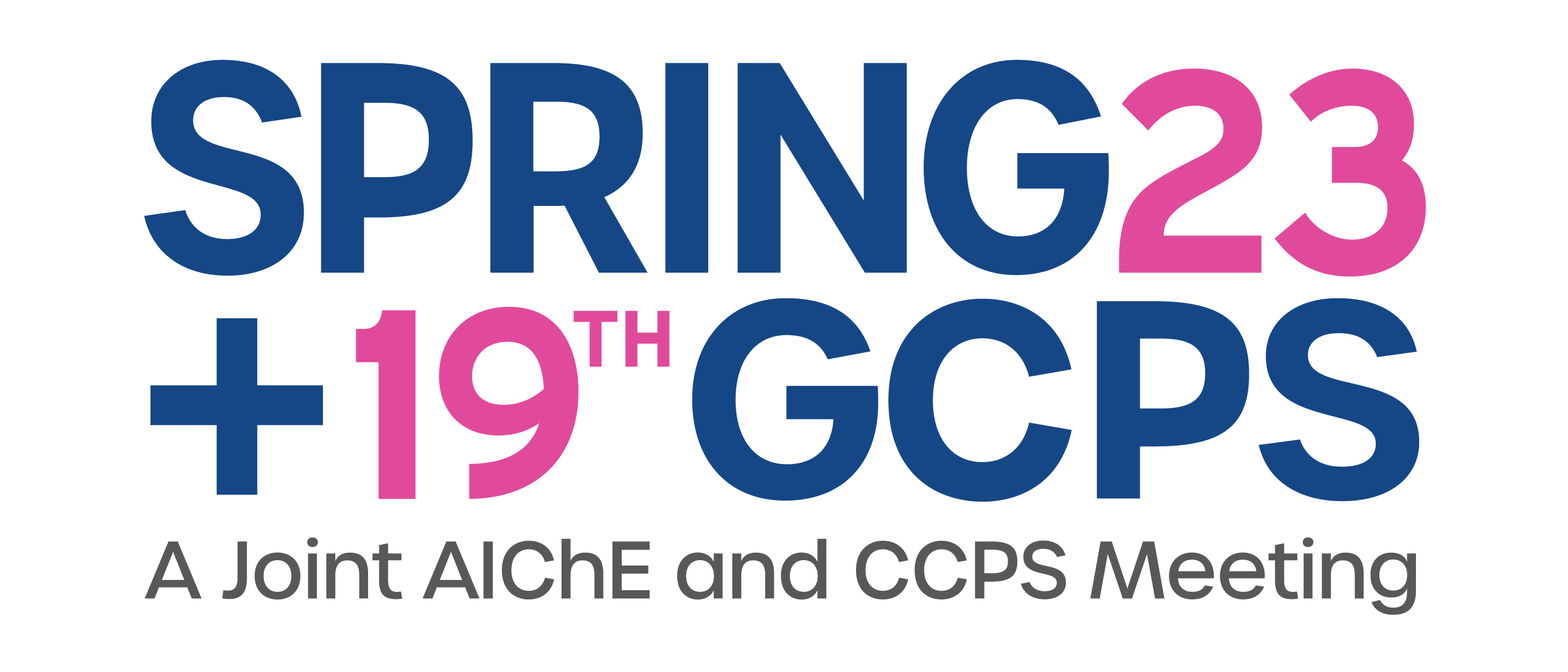

Similarly, for more than a decade, we have been working and delivering post-combustion carbon capture projects. Learning from that experience, is that the continuous improvement in the affordability of carbon capture is KEY to enable the industry expansion and for that, the integration between technology and engineering presents a huge step towards achieving this goal. We maximise the benefits of our alliance with Shell Cansolv® to provide a turnkey, single point delivery of projects. In this respect, we leverage in our more than 60 years of experience designing and building large capital projects across upstream, midstream and downstream industry traditional sectors (from power to Hydrogen, LNG, refining, petrochemicals) to the new industries, such as steel and cement that today also have the challenge to reduce their emissions.
We have built ‘one team’ Shell Cansolv® and TEN, that has enabled to deliver CapEx and OpEx reductions in our offerings of post combustion carbon capture plants. The team looks at the opportunities assembled with crossing the lessons learned in both organizations, and we aim to put together the best solutions for different markets and sectors. In the same way, throughout numerous projects we have developed common view on options of optimized heat integration between the carbon capture and the main plant, streamlining the impact on the process performance and overall guarantees. We do the same with regards to overall integration of facilities, for example waste water coming from the capture plant.
The main focus of the presentation will be on the details of adding a post-combustion carbon capture unit (CC) to an ethylene plant (EP). We will present our learnings through the years, considerations, concerns related to studies carried out for our ethylene clients. The idea behind adding a CC is that the EP should always work producing optimal amount of ethylene, while the CC will be designed to adjust and to adapt while the EP works at its best. We will discuss how the flue gas from the EP furnaces are connected to capture most of the CO2 (up to 95% capture rate) and all the requirements of pre-treatment before entering the CC unit. We will also highlight how we propose to address the different modes of EP operation for the best operability. We will present the utility requirements and show ways of integrations with the EP. To conclude, we will present the technical cost of CO2 capture and some show some alternatives CO2 utilization or sequestration depending on plant location.
Presenter(s)
Language
Pricing
Individuals
| AIChE Member Credits | 0.5 |
| AIChE Pro Members | $19.00 |
| Fuels and Petrochemicals Division Members | Free |
| AIChE Graduate Student Members | Free |
| AIChE Undergraduate Student Members | Free |
| AIChE Explorer Members | $29.00 |
| Non-Members | $29.00 |
